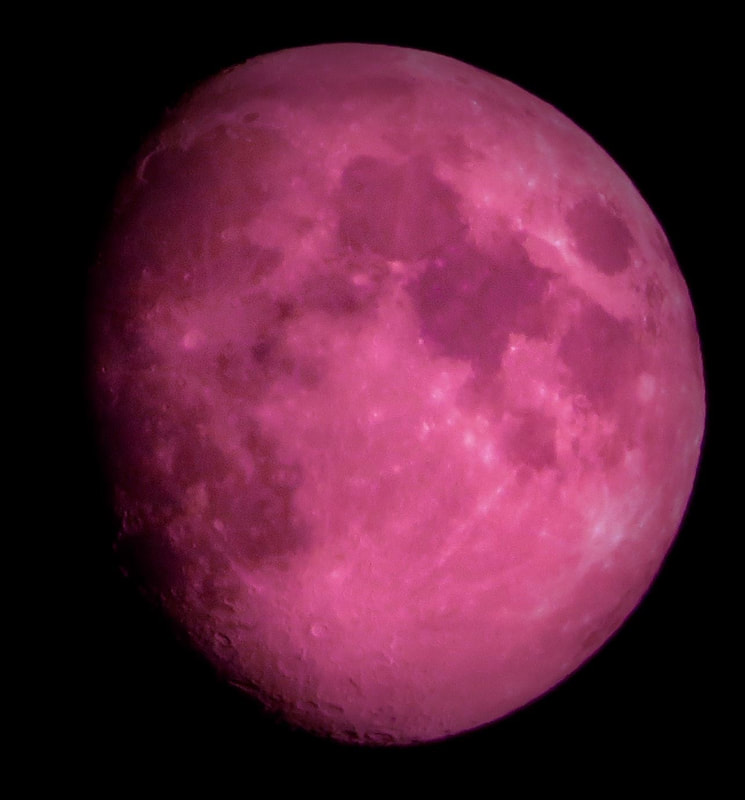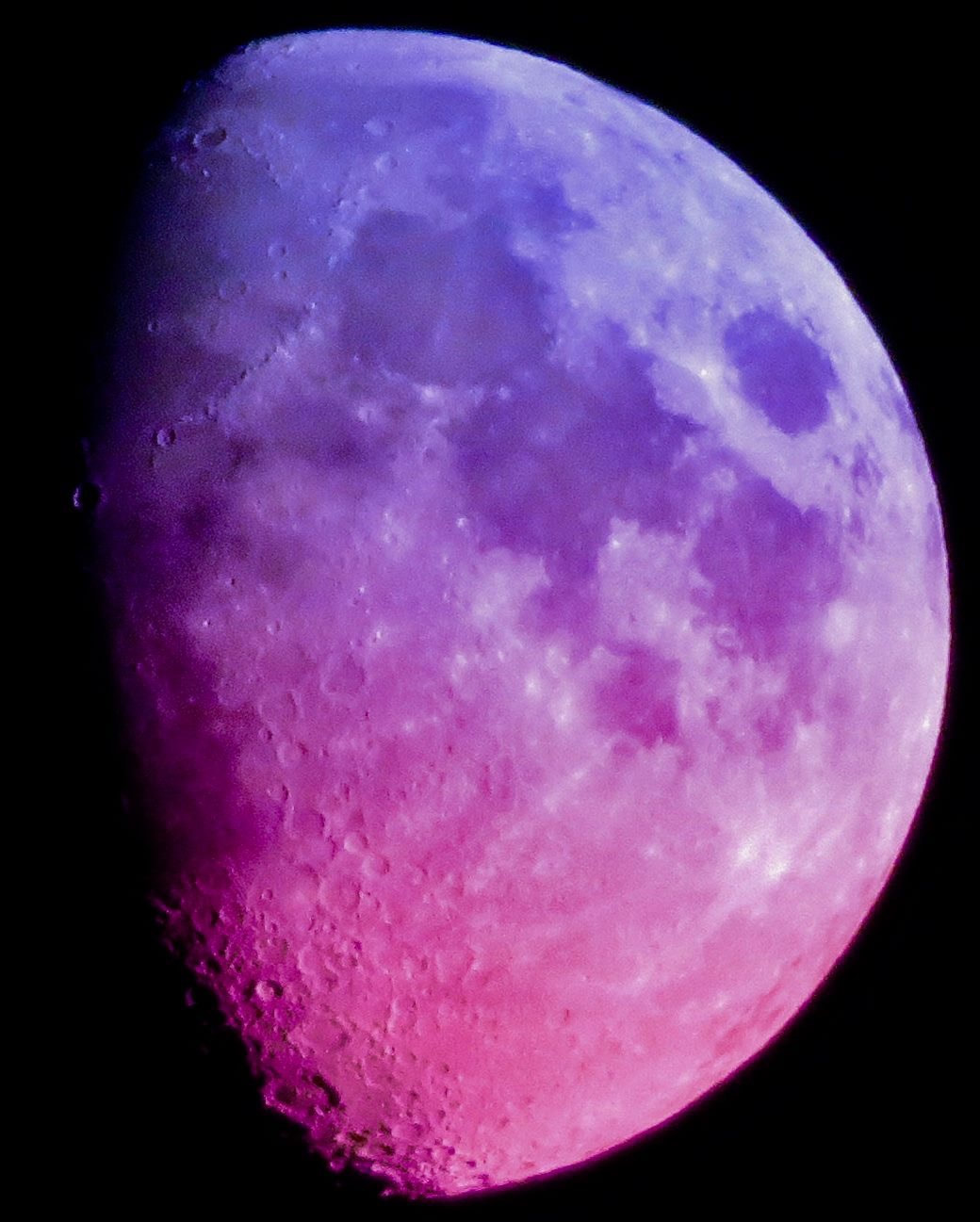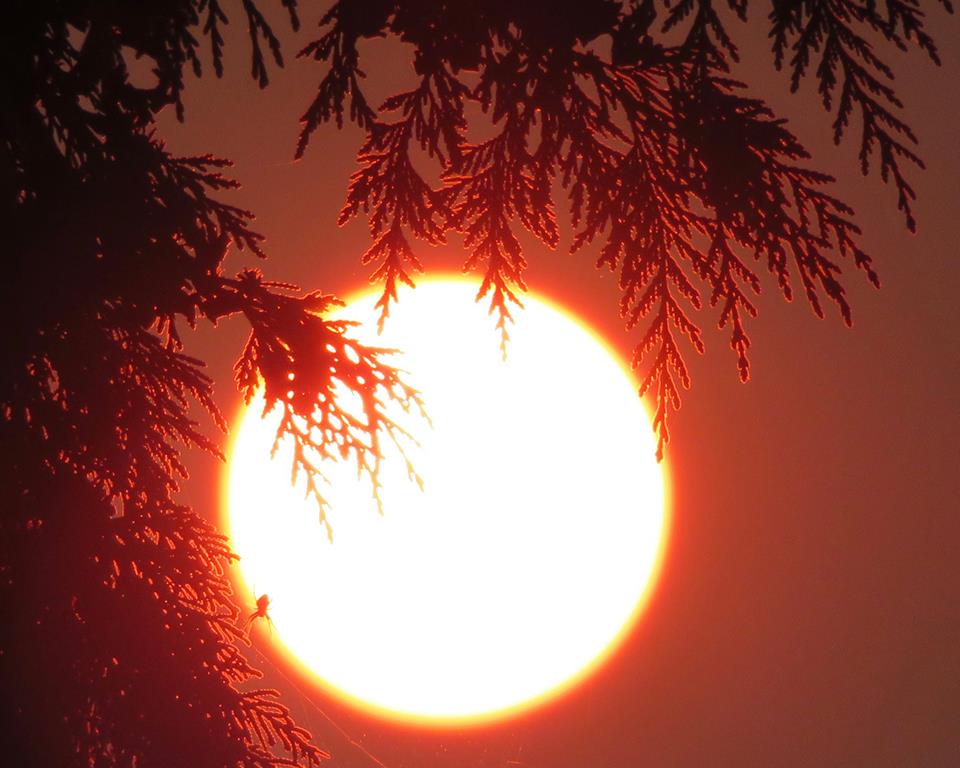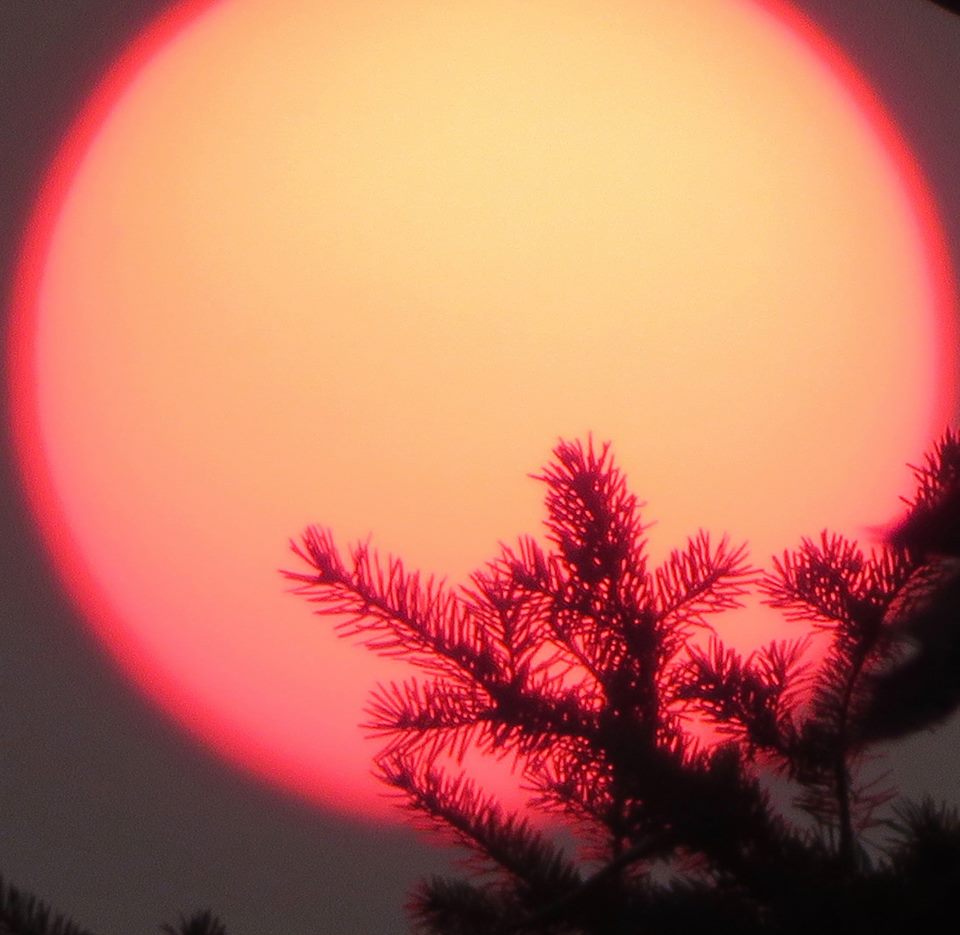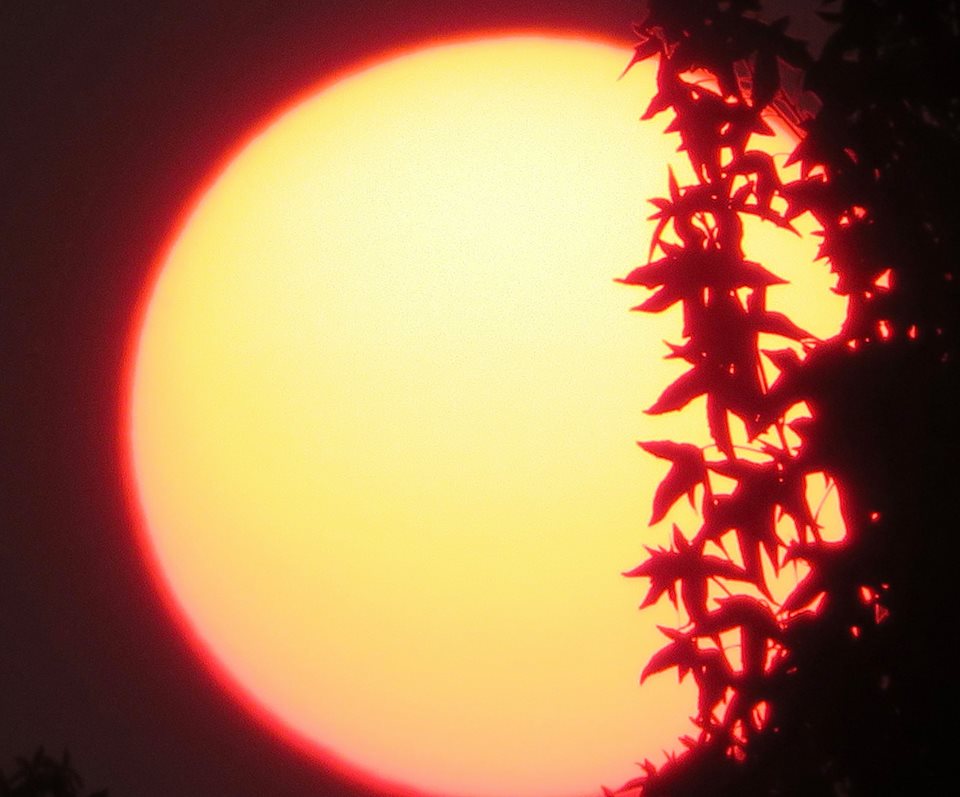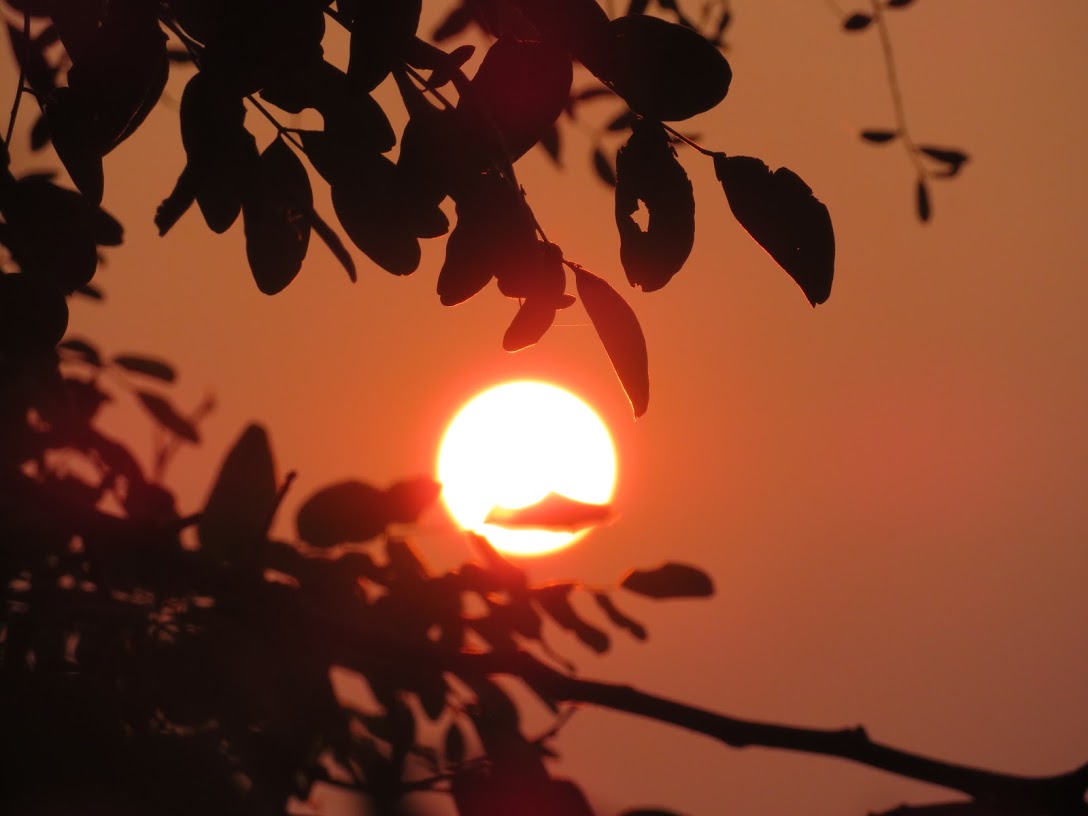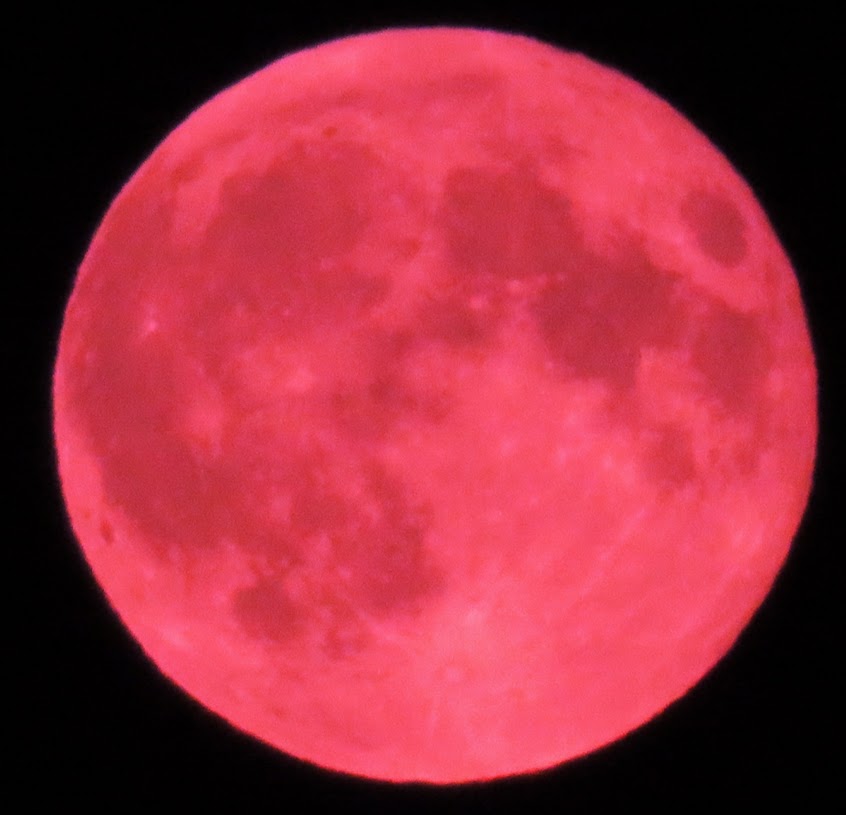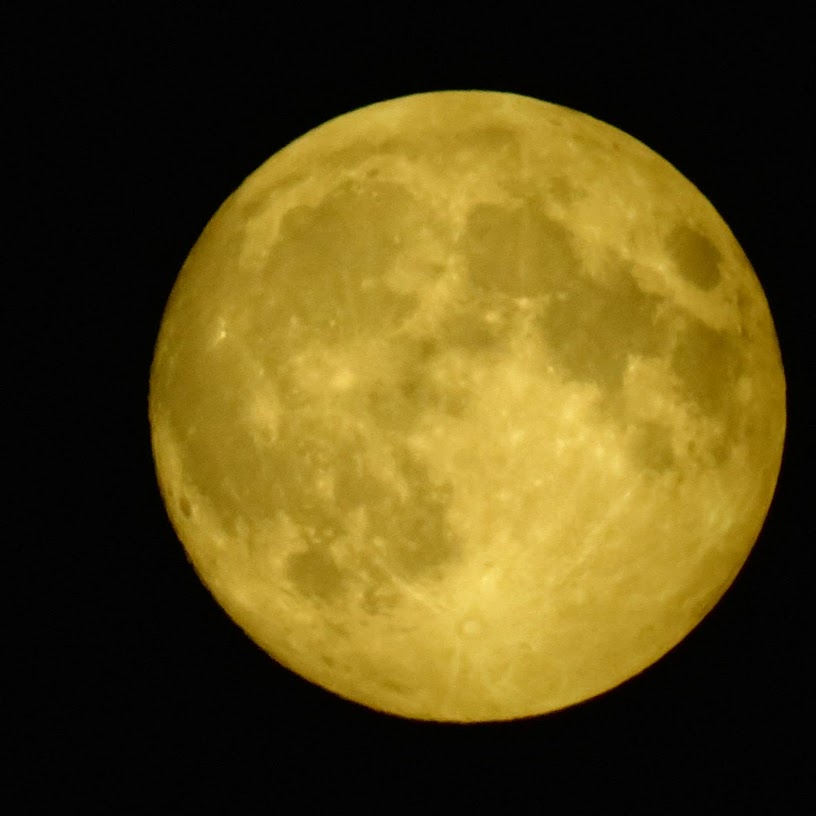
Brihaspati is also the arch-nemesis of Shukracharya, the guru of the demons, the Danavas. As leader of the planets, Brihaspati is also described as Ganapathi. Generally Brihaspati is taken to be the god of wisdom and eloquence. As such, various works are ascribed to him such as Barhaspatya Sutras, a patronymic of Brihaspati. This work together with Lokayata, the materialistic sutras formed the foundational text for the Carvaka school and nastika philosophy.
DEPICTION: According to the Rig Veda 4.40.1,Brihaspati is the son of Rishi Angirasa. The Shiva Purana gives his mother’s name as Surupa. He has three wives: Shuba, Tara and Mamata. Shuba gives birth to seven daughters, Bhanumati, Raaka, Archismati, Mahamati, Mahishmati, Sinivali and Havishmati. Tara is said to have given birth to seven sons and a daughter. Through Mamata, Brihaspati had two sons, Kacha and Bharadwaja. Brihaspati’s brothers are Utathya and Samvartana.
Lord Brihaspati is described of yellow or golden colour and holding the following divine attributes: a pointer stick, lotus and rosary beads. The stick is a pointer towards knowledge and prosperity. He seeks that one move away from darkness and ignorance. The lotus is a symbol of wisdom. The rosary represent mediation and the vedas. He is shown to be a handsome youth with a showing belly and broad chest. Sometimes he is shown with four arms and wears yellow cloths and is very fond of sweets. He sits on a lotus and his chariot is pulled by an elephant. In art, the elephant is shown in the background. Two small idols depicting the alm seekers are shown on Brihaspati’s right and left. This is a reminder to be compassionate.
NAVAGRAHAS: Guru rules over the signs Dhanu -Sagittarius and Meena- Pisces. He is exalted in Karka -Cancer and in his fall in Makara -Capricorn. The Sun, Moon and Mars are considered friendly to Brihaspati, Mercury is hostile and Saturn is neutral. Where the Sun is known as Atman or soul, Brahaspati is known as Jiva, the consciousness of the soul representing the individuality of the Self.
PURPORT: He is the god of vastness, growth and expansion in a person's horoscope and life. Brihaspati is also the karaka of fortune, wealth, fame, luck, devotion, faith, spirituality, charity, morality, meditation, mantra, children, magistrates, lawyers, government and religion. He is concerned with education, teaching and the dispensation of knowledge. Thus Brihaspati represents sacred scripture, wisdom, benevolence and philosophy. Brihaspati also represents the balance of past karma, religion, philosophy, knowledge and issues relating to offspring.
WORSHIP: Brihaspati is lord of three Nakshatras or lunar mansions: Punarvasu-Punarpoosam, Vishakha and Purva Bhadrapada-Pooratadhi. According to traditional Hindu astrology, worship or propitiation of Brihaspati or Guru results in cure from ailments affecting the stomach and helps ward off sins. He increases strength, valor, longevity and is the boon-giver of fatherhood to the childless and vidya, good education. As Guru of Devas, he is the protector of the world and is Shreshta or matchless among the wise. Those seeking justice, worship Brihaspati as he is the Loka Guru, the dispenser of justice. Studying the Vedas is his blessings. Moreover studying the Vedas is considered the best way to know him. Thursday is considered the best day to worship Brihaspati.
MYTHOLOGY: A king is blessed with seven sons. Their wives turned away two alms seeking Brahmin. Brihaspati was displeased and thus the King’s wealth and kingdom was affected. There was devastation and the king was reduced to poverty. The youngest daughter in law sought excuse from the Brahmins and gave them alms but the elder six would still deny alms. She therefore seeks the Brahmins’ counsel to get over the bad days. She was asked to observe fasting for Brihaspati and feed Brahmins. Two human figures should also be made and kept behind the doors seeking the safe return of husbands who had gone to a foreign country.
The story goes that the king’s seven sons had gone on a foreign tour. The youngest daughter in law took this opportunity to observe the rituals. The youngest son went to a neighbouring land where the king there died. He had no son to to find a suitable successor, a garland was hung on a female elephant to garland the prospective king. The elephant goes around, you guessed it, and garlands the youngest son. He therefore became the king. Anyway he still searched for his brothers and they were no to be found. The new King constructs a temple tank for public welfare. That needed labor-supply, and surprise surprise, the brothers appear as labourers amidst the thousands. He called them to his palace and they live happily ever after. Thereafter, worship to Brihaspati and giving of alms was advocated by the new king.
BRIHASPATIVARA VRAT: Thursday, which is Brihaspatiwar or Vrihaspativar, is dedicated to Vishnu and Brihaspati, the Guru of Devas. Yellow is the color of the day. A fast is observed on the day and food is consumed only once. It is traditionally adhere to visit Hanuman Temple on Thursdays. The vrat is said to brings blessings of wealth and happy life. It is also believed that Lord Vishnu appears in the guise of a Sadhu to test the devotees on Thursdays.
GAYATRI: Aum Guru Devaya Vidmahe, Parabrahmane Dheemahi, Tanno Guruh Prachodayat.
Hara Hara Mahadeva.
Yogi Ananda Saraswathi






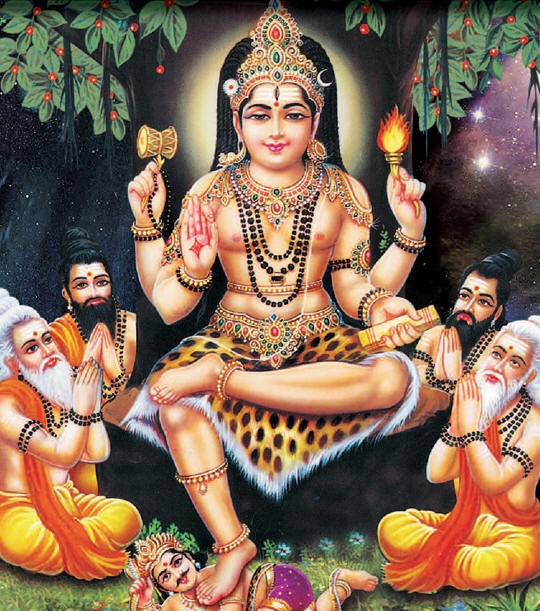



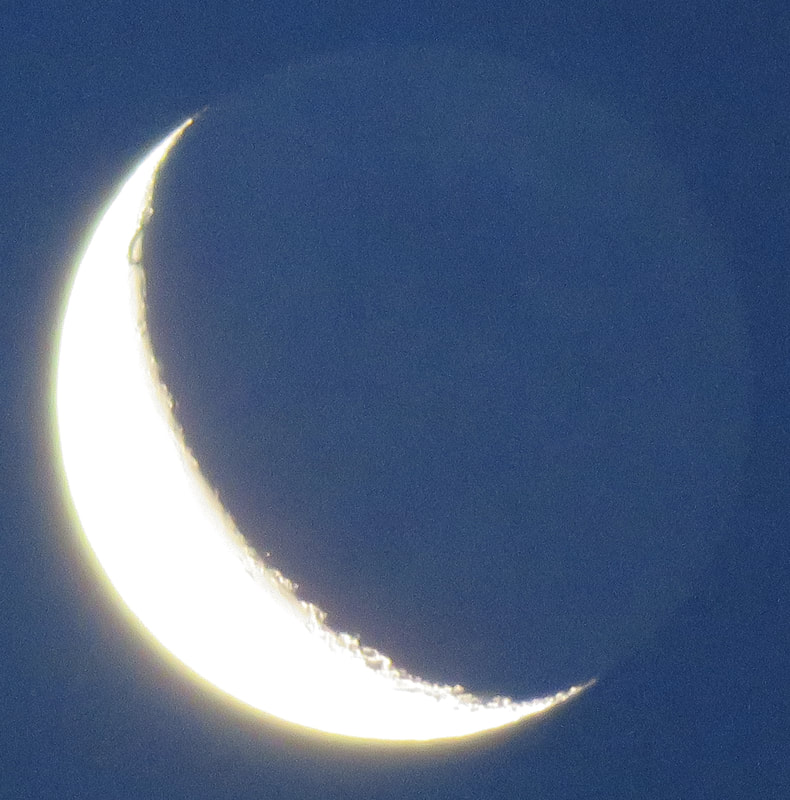











 RSS Feed
RSS Feed



































